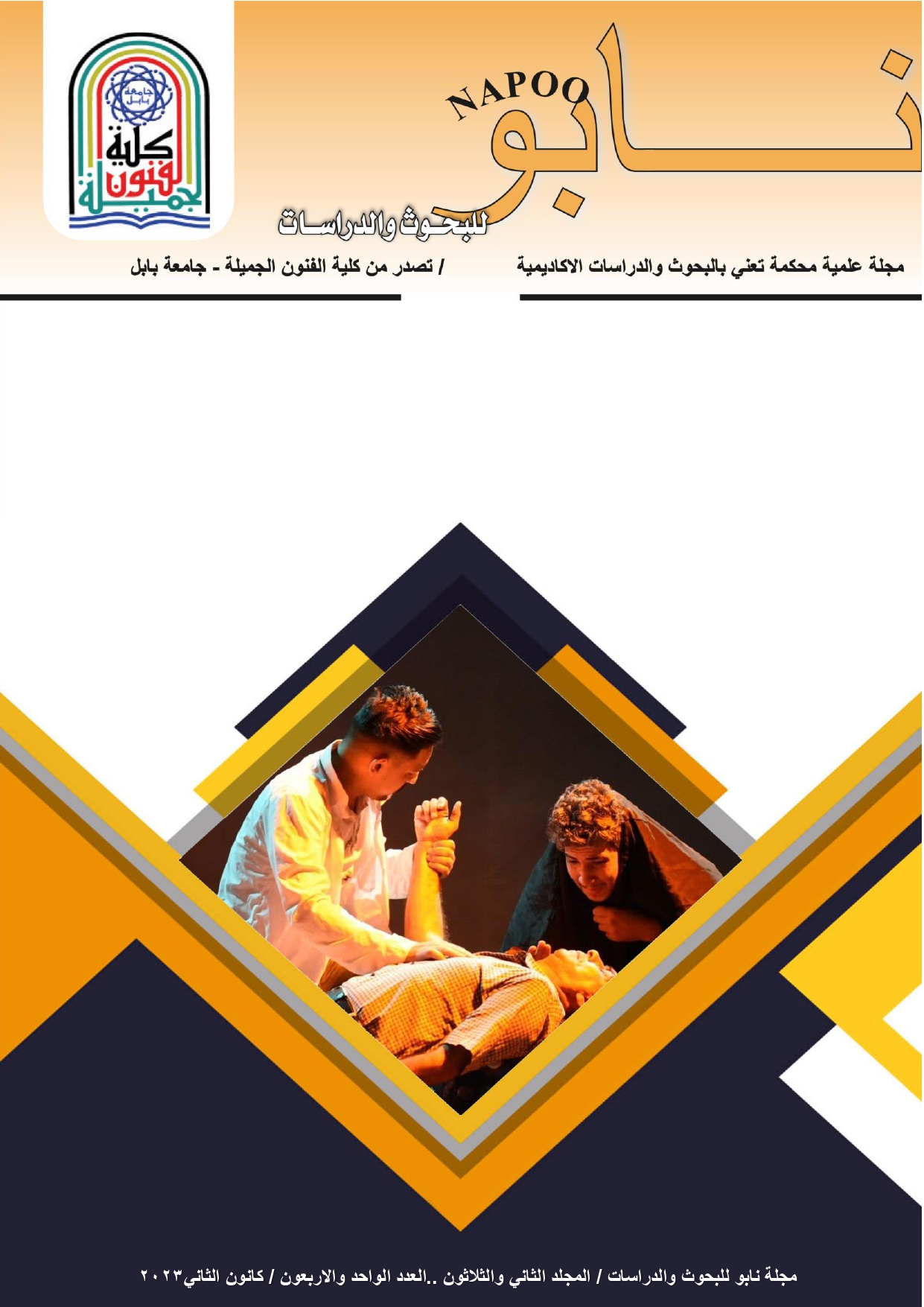In the art of the Sumerian according to the philosophy of Susan Langer
Abstract
Abstract
The arts are one of the most important means in this, and as these arts carry symbols and signs that refer to religious and aesthetic beliefs and concepts. The aesthetic of Sumerian art is reflected through religious practices and rites. Alsumeria as a result of that thought and that Al sumeria life philosophy embodied in the form of beautiful symbolic images, where the creativity and renewal, so it is similar to many philosophies of the modern era, especially the philosophy of Susan Langer, the current research problem reflected the answer to the question of the following
: What is the aesthetic of the Avatar in the Sumerian Art according to Susan Langer's philosophy?
The objective of the research: Reveal the aesthetics of the Avatar in Sumerian art according to the views of Susan Langrvi Sumerian artworks for the period (3200 years BC) to the Akkadian Covenant (2370 BC)
The second chapter included two articles: Sumerian art, and the symbol in Susan Langer's philosophy.
The third chapter included: The research community: The researcher divided the society into categories (3) according to the type of category. The research sample was (3) selected according to the conditions and controls. (Cooper's equation) and (Scott) to the truthfulness and stability of the tool.
The fourth chapter includes the results, conclusions, recommendations and proposals. The results of the research included:
- The religious belief as a symbolic image of aesthetic and effective in satisfying the needs of human as in the philosophy of Susan Langer in the country of Sumer expressed by statues worship and in the cylinder seals Sumerian and a threat to the cosmic notification through ritual practices and rituals were the symbolic images of the human body once compound and animal body compound and symbols (1) in the shape of the spike that accompanies the bull.
Keywords / Artist, Form, Symbol, Inductive and Representative.




